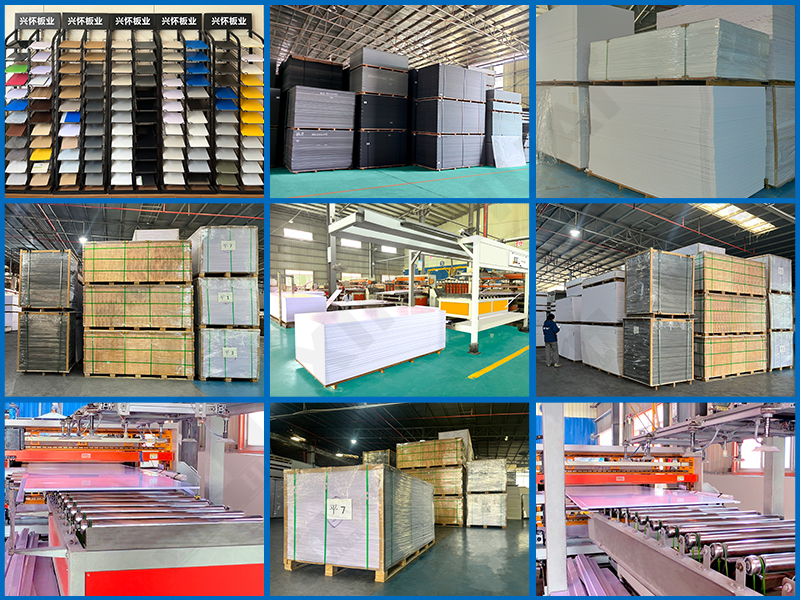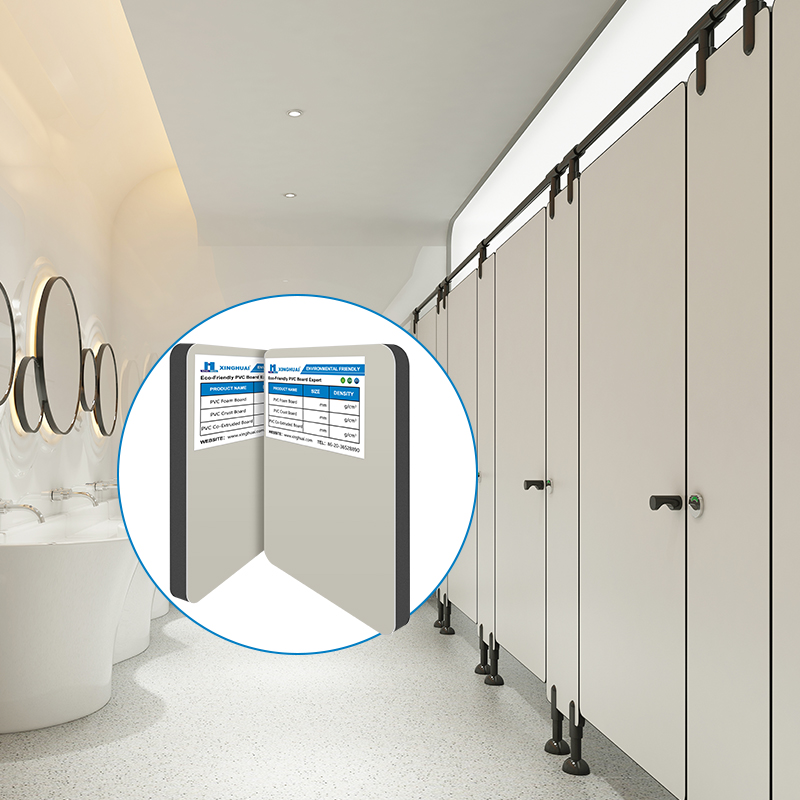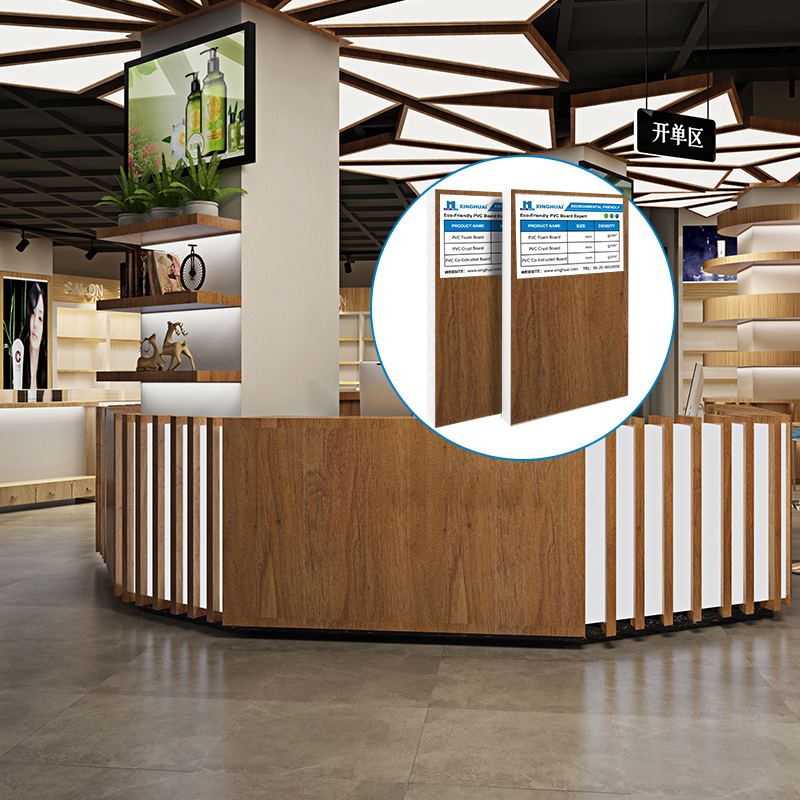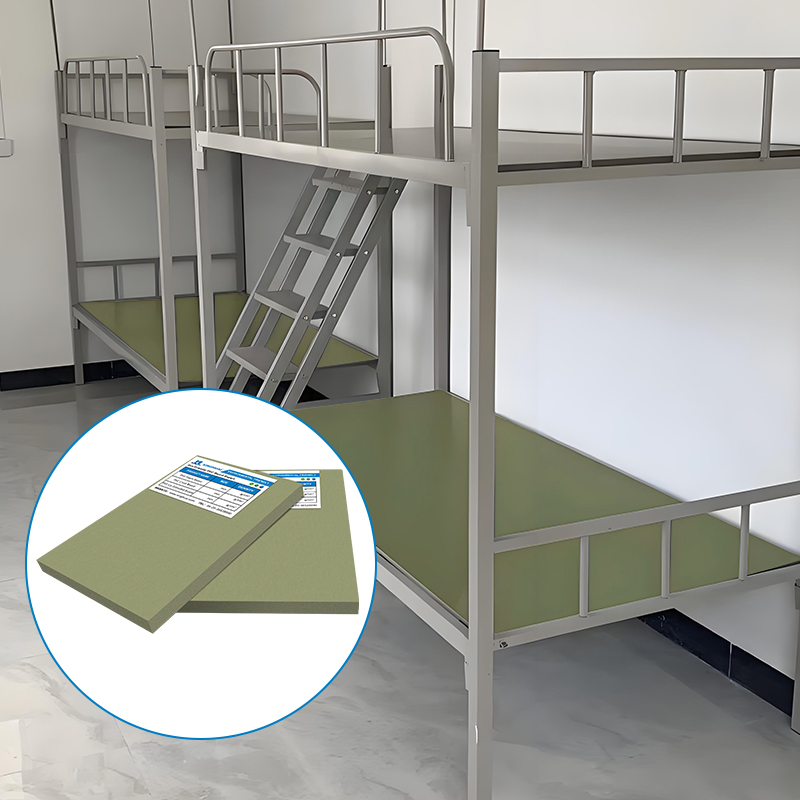What Key Parameters Need to Be Controlled When Producing PVC Co-extruded Sheets?
The production of PVC co-extruded sheets demands precise control over multiple parameters to ensure consistent quality, structural integrity, and performance in applications ranging from construction to packaging. Among the most critical parameters are material formulation, extrusion temperature profiles, layer thickness ratios, cooling rates, and foam expansion control (when incorporating expanded PVC components). This analysis examines how these parameters influence product characteristics, with particular focus on applications involving pvc expanded foam board, 1/2 inch expanded pvc sheet, expanded pvc, 4 x 8 foam core board, and pvc structural foam.
1. Material Formulation and Additive Balance
The base PVC resin selection (typically SG-5 or SG-7 type) forms the foundation for co-extruded sheets, but performance is heavily influenced by additive packages. Key formulation parameters include:
Foaming Agents: For expanded pvc and pvc expanded foam board production, chemical foaming agents (CFAs) like azodicarbonamide must be precisely metered (0.5-3% by weight) to control cell structure. Over-dosing creates large, unstable bubbles, while under-dosing results in insufficient expansion.
Stabilizers: Calcium-zinc or organotin stabilizers (1-4 phr) prevent thermal degradation during processing. Insufficient stabilizer causes yellowing and surface defects in 1/2 inch expanded pvc sheet applications.
Impact Modifiers: Acrylic or MBS modifiers (5-15 phr) enhance toughness, particularly crucial for pvc structural foam components requiring high impact resistance.
Lubricants: External lubricants (0.3-1.5 phr) control melt viscosity, preventing die buildup during production of 4 x 8 foam core board panels.
2. Extrusion Temperature Profiles
The multi-layer co-extrusion process requires distinct temperature zones for each material stream:
Outer Layer Zone: 180-200°C for rigid PVC skins, ensuring proper fusion without thermal degradation. Temperature variations beyond ±5°C can cause surface waviness in finished sheets.
Core Layer Zone: For expanded pvc foam cores, temperatures must be maintained at 165-175°C to activate foaming agents while preventing premature cell collapse expanded pvc. This is particularly critical in 1/2 inch expanded pvc sheet production where uniform thickness is essential.
Die Temperature: Precise control at 170-185°C ensures smooth melt flow and consistent layer adhesion. Temperature fluctuations here create laminar separation in pvc expanded foam board structures expanded pvc.

3. Layer Thickness Ratios and Distribution
Co-extruded sheets typically feature 3-5 layer configurations with specific thickness ratios:
Surface/Core Ratio: Optimal ratios vary by application - 0.5mm rigid skin/4.5mm foam core for 5mm total thickness in 4 x 8 foam core board production achieves 90% weight reduction compared to solid PVC.
Symmetry Control: Asymmetric layer distribution causes warping. For pvc structural foam beams, maintaining ±0.05mm thickness tolerance across layers prevents bending during cooling.
Edge Bead Control: Excessive material accumulation at sheet edges (common in 1/2 inch expanded pvc sheet production) requires die lip adjustment to maintain uniform width.
4. Foam Expansion Control Parameters
When producing expanded pvc components, several parameters directly affect foam quality:
Decompression Rate: The sudden pressure drop at the die exit (controlled at 50-150 bar/s) determines cell size. Faster rates create smaller, more uniform cells in pvc expanded foam board cores.
Cooling Rate: Post-extrusion cooling must balance foam stabilization with dimensional control. Water bath temperatures (15-25°C) and conveyor speeds (3-8 m/min) are adjusted to prevent cell collapse or excessive shrinkage.
Cell Structure: Microscopic examination reveals optimal cell sizes of 50-200μm for structural applications, with 10-30 cells per linear inch in cross-section for pvc structural foam.
5. Cooling and Solidification Parameters
Proper cooling ensures dimensional stability and prevents warping:
Multi-Stage Cooling: Initial air cooling (10-15 seconds) followed by water quenching achieves optimal crystallization in rigid layers of 4 x 8 foam core board sheets.
Conveyor Tension: Maintaining consistent tension (0.5-1.2 N/mm width) prevents sagging during cooling of 1/2 inch expanded pvc sheet products.
Ambient Conditions: Humidity control (<60% RH) in the cooling zone prevents moisture absorption in expanded pvc foam cores, which could cause post-production swelling.
6. Quality Control Parameters
Continuous monitoring systems track critical parameters:
Thickness Gauging: Laser sensors measure total thickness (±0.03mm tolerance) and individual layer thicknesses in real-time.
Density Measurement: X-ray absorption techniques verify foam core density (0.5-0.8 g/cm³ for expanded pvc) at 2m intervals.
Surface Inspection: High-resolution cameras detect surface defects (scratch depth >0.02mm, pitting >0.1mm²) in pvc structural foam components.
Application-Specific Parameter Adjustments
Construction Formwork (4 x 8 Foam Core Board)
Increased rigid skin thickness (1.2mm vs. standard 0.8mm) for repeated use cycles
Tighter density control (0.65±0.05 g/cm³) to withstand concrete pressures
Enhanced UV stabilizer package (2% by weight) for outdoor exposure
Furniture Panels (1/2 Inch Expanded PVC Sheet)
Finer cell structure (80-120μm) for smooth painting surfaces
Reduced lubricant content (0.5 phr) to improve adhesive bonding
Tighter flatness tolerance (±1.5mm over 1.2m length)
Packaging Materials (PVC Expanded Foam Board)
Lower density cores (0.4-0.6 g/cm³) for weight-sensitive applications
Increased impact modifier content (12-15 phr) for drop-test performance
Anti-static additives (0.3-0.8% by weight) for electronic packaging
Conclusion
The production of high-quality PVC co-extruded sheets requires meticulous control over material formulation, processing temperatures, layer distribution, foam expansion, expanded pvc and cooling parameters. Each application - from pvc expanded foam board insulation to pvc structural foam components - demands specific parameter adjustments to achieve optimal performance. Modern manufacturing systems integrate real-time sensors and closed-loop controls to maintain these parameters within ±2% of target values, ensuring consistent product quality. As material science advances, expanded pvc the precision of these control parameters will continue to improve, expanded pvc enabling the development of lighter, stronger, and more sustainable PVC co-extruded sheet products.




